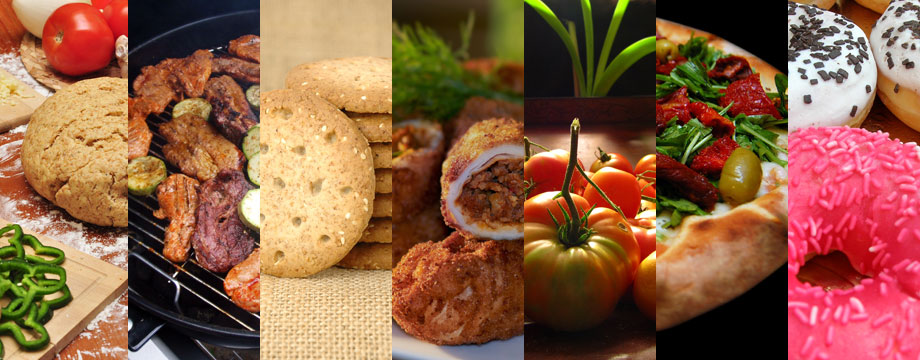Tags
We can thank a 9th century man with the nickname “the blackbird” for introducing the concept of three-course meals into Europe. Eating habits were totally transformed when Ziryab soared into Andalusia in the 9th century and said meals should start with soup, followed by a main course of fish, meat or fowl, and finish off with fruits and nuts.
Muslims ate according to seasonal influences. Typically winter meals used rich vegetables such as seakale, beat, cauliflower, turnips, parsnips, carrots, celery, coriander, peas, broad beans, lentils, chickpeas, olives, hard wheat, pasta and nuts.These were usually eaten with meat dishes. Desserts usually consisted of dried fruits, such as figs, dates, raisins and prunes. These were accompanied by drinks made from syrups of violet, jasmine, aloes, medicament spices, fruit pastels, and gums.
In contrast, their summer diet consisted of eleven types of green beans, radishes, lettuces, chicory, aubergines, carrots, cucumbers, gherkins, watercress, marrow, courgettes and rice. The meat accompanying these vegetables was mainly poultry, ostrich and beef products. Desserts includes fruits such as lemon, lime, quinces, nectarines, mulberries, cherries, plums, apricots, grapes, pomegranates, watermelon, pears, apples and honey-melon. Meanwhile, drinks were made from syrups and preserves of fruit pastels, lemon, rose, jasmine, ginger and fennel.
This banquet of food was presented on a tablecloth, the concept of which was spread Ziryab. he also changed the heavy metal drinking goblets and gold cups found on the dinner tables of the Cordoban court to delicate crystal.
In European aristocratic circles, the demand for Muslim foodstuffs and spices increased rapidly. Sources from the chronicles of the Pope in Avignon in the 14th century tell us that ships from Beirut brought jams, preserves, rice and special flour for cake-making, plus compensatory laxatives! Queen Cristina of Denmark, Sweden and Norway took care to follow the Muslim diet and imported their products and fruits. Since Denmark could only supply apples and rye, it is perhaps “food for thought” to consider the origin of Danish pastries.
Crystal was available on Andalusia due to ingenuity of another Muslim, Abbas ibn Firnas, who died in 887 CE. In his experiments, he manufactured glass from sand and stone, establishing a crystal industry based on rocks mined north of Badajos (Patilos). Most of the Andalusian rock crystal pieces that have reached us are found in European churches and monasteries, the most famous among them being a spherical bottle currently in Asturga Cathedral, Spain. It bears vegetal patterns and a Kufic inscription, the common decorative elements on rock crystal pieces.
As well as introducing crystal that was used in drinking glasses, ‘Abbas ibn Firnas was the same man who used glass in a most ingenious way to construct a planetarium, supplying it with artificial clouds, thunder and lighting. Naturally this astounded the 9th century public.
Muslim potters then introduced the art of stylish dining with a variety of ceramics and glazes. Malaga and Valencia were major centres of the industry, and Muslims revolutionized the production and decoration of pottery through their invention of lustre glaze.
